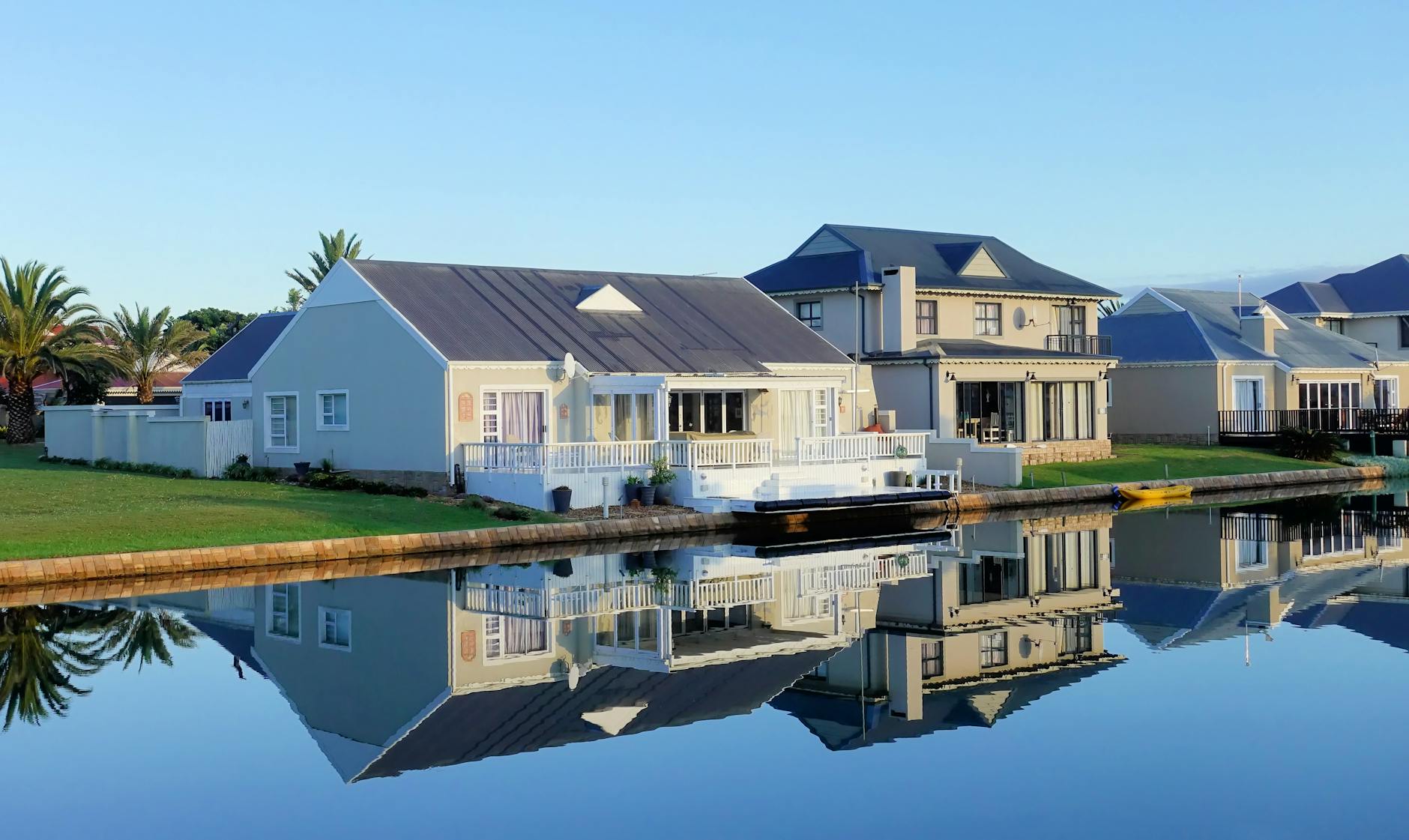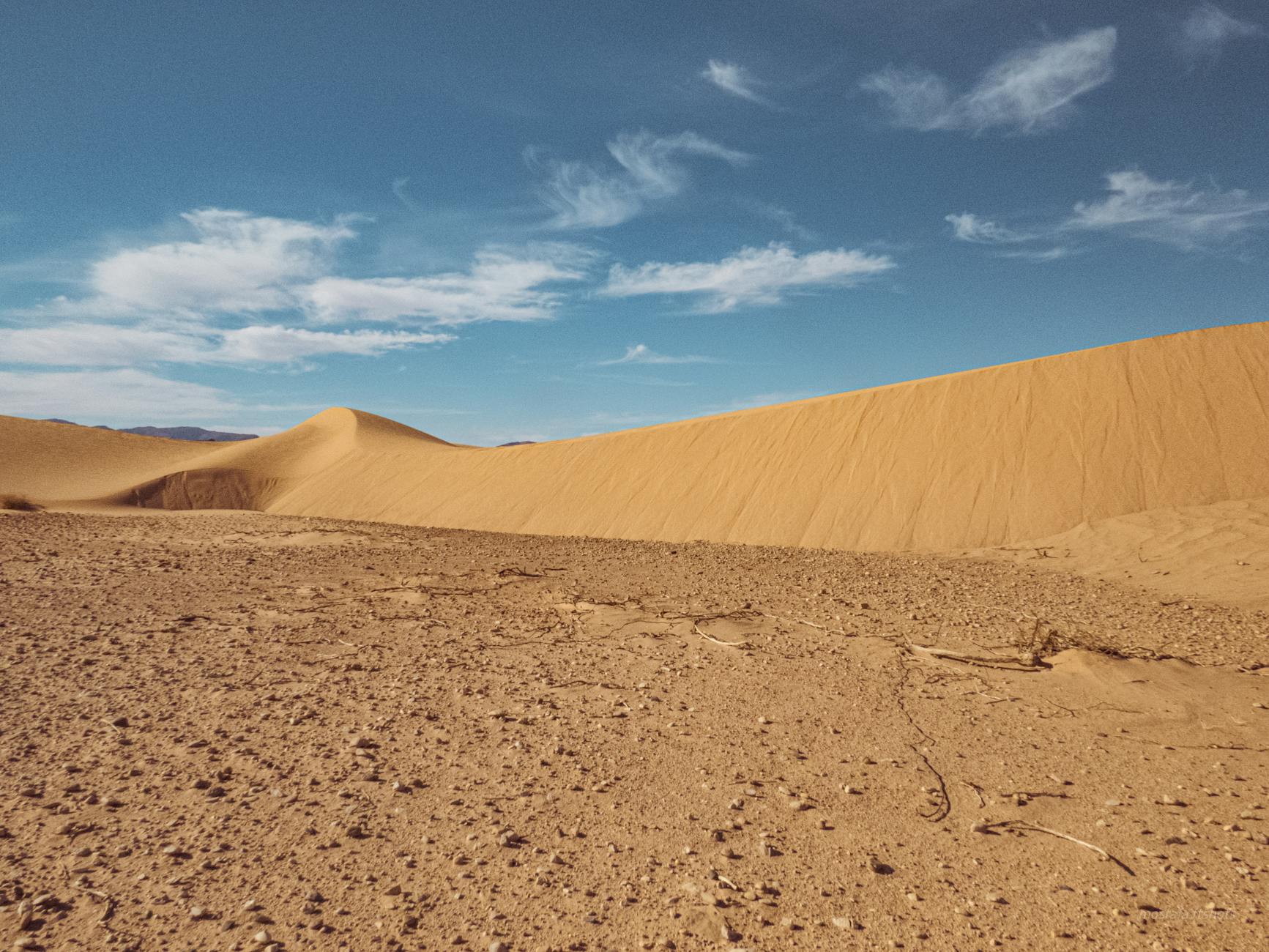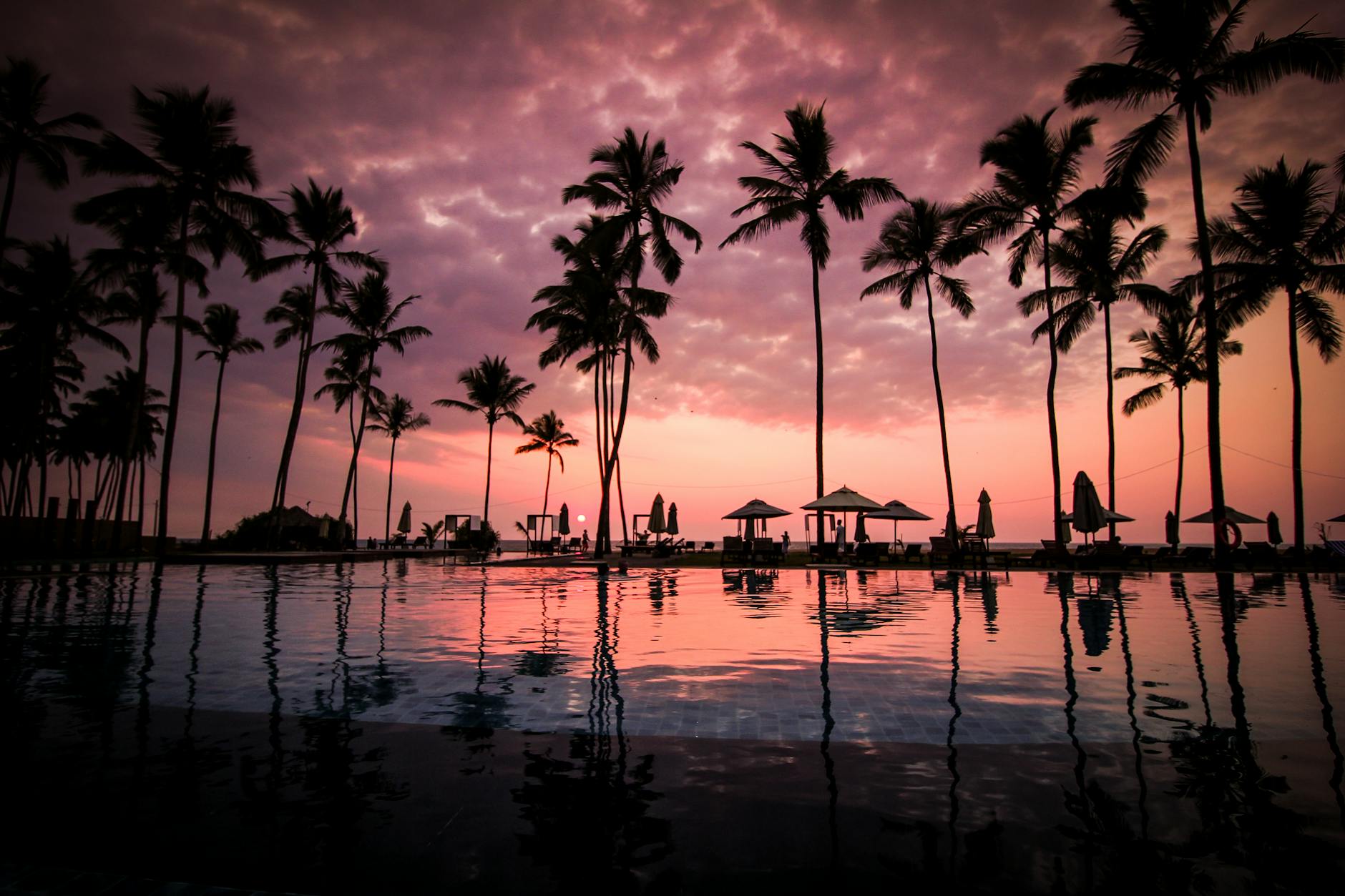Why Australia Should Be on Your Wildlife Photographer's Bucket List

Unique Wildlife Diversity
Australia's rich tapestry of wildlife has always been a source of fascination for me, and exploring it with my family has bonded us in unparalleled ways. One moment we'll always cherish is the time we ventured into the jungle-like canopy of Arakwal National Park, only a stone's throw from our beloved Byron Bay. Here, with the sound of waves crashing against the nearby cliffs, we spent hours observing the antics of local birdlife— a tapestry of colors and songs. Fascinatingly, tours like Central America tours, Patagonia tours, and Namibia tours offer similar rich wildlife experiences, each boasting its own unique inhabitants.
In Patagonia, for instance, the sight of a flock of flamingos taking off against the Andean backdrop is truly spectacular. In Namibia, spotting a lone black rhino trudging across the plains is both humbling and inspiring. Such encounters with rare species not only educate children about biodiversity but also instill an unmatched respect for nature's wonders. These experiences are akin to those I've had right here in Australia, where observing the intricate dances of birds at Belongil Beach bird sanctuary becomes a family storytelling tradition. Whether you're an academic like Jake Wilson or an outdoor enthusiast, the world’s diverse ecosystems beckon you with open arms, promising adventures and learning experiences that educate and empower.
Photographic Opportunities
Iconic Landscapes
I remember my trip to Tanzania, where the sheer grandeur of the Serengeti's endless plains left me speechless. The iconic landscape there offers unmatched photographic opportunities, particularly for those intrigued by vast, sweeping vistas. This region, much like the terrain surrounding the Cape Byron Lighthouse, provides a compelling interplay of light and shadow that enhances the vividness of each capture. Whether it's the towering presence of Kilimanjaro in the distance or the Great Migration's incredible spectacle, the desire to document these breathtaking scenes is simply irresistible. The merging of photographic passion with an appreciation for geology is much akin to the draw I felt capturing the magnificent views from Byron Bay.
Exceptional Lighting Conditions
One of my most cherished experiences came from observing how the lighting conditions in Namibia transformed the landscapes into a canvas of incomparable beauty. An early morning Namibia safari offered the most exquisite golden hour light, illuminating the dunes and creating opportunities for striking and evocative photographs. Just like the magical glow that envelopes Arakwal National Park at sunset, Namibia's lighting conditions offer a spectrum that photographers dream of.
Close-Ups in Natural Habitats
For those seeking to capture wild animals in their natural environment, the challenges and rewards of focusing on close-ups are substantial. While on a Tanzania safari, I learned to be patient, waiting hours to photograph a pride of lions without disrupting their habitat. The thrill is similar to capturing the delicate rituals of the creatures inhabiting the bird sanctuary at Belongil Beach. Here, observation and respect are vital, as these images carry the nuance and intimacy that only comes with true passion and consideration for the subject.
Conservation in Focus
Ongoing Wildlife Protection
In my journeys to the pristine landscapes of Antarctica, I've witnessed the vital importance of Antarctic tours in supporting ongoing wildlife protection. The icy wilderness is home to an array of fascinating species, and tours play a crucial role in both educating travellers and funding crucial conservation efforts. Just as the Belongil Beach bird sanctuary in Byron Bay serves as a haven for diverse bird species, Antarctica's protected zones safeguard its unique fauna. It’s essential that these tours operate sustainably, with a strong emphasis on minimal ecological impact. I always encourage families taking these trips to embrace the opportunity to learn about the fragile balance within these ecosystems.
Collaborative Conservation Programs
During one memorable South America holidays, I had the chance to participate in a conservation program in the lush jungles of South America. Much like the collaborative efforts near the Cape Byron Lighthouse to preserve coastal habitats, these programs bring together local communities, conservationists, and tourists. Through guided activities, participants contribute to vital data collection and conservation work. This hands-on experience not only deepens our understanding but also fosters future environmentally-conscious behaviours. Emphasising collaboration between various stakeholders is crucial to enhancing conservation impacts globally and ensuring that our treasured ecosystems are preserved for future generations.
Eco-Tourism Impact
Eco-tourism has a profound impact on both preserving natural habitats and raising awareness among visitors. During my visit to Arakwal National Park, I saw firsthand how eco-tourism initiatives can support conservation while educating tourists. This balance can be achieved by promoting low-impact travel experiences that respect local wildlife and landscapes. It is critical for tour operators to continuously adapt their practices to align with sustainable goals, ensuring their lasting positive effect. Empowering travellers to engage responsibly can enhance their connection to nature, ultimately furthering conservation efforts across the globe.
Practical Considerations
Best Locations and Times
My experiences on both Africa safaris and Galapagos adventures have taught me that timing and location are critical when planning your wildlife photography excursions. If your heart is set on capturing the dynamic migrations of Africa's savanna, consider travelling between July and October when the Great Migration takes centre stage. This natural spectacle offers a feast for the eyes and the camera, with vast herds of wildebeest and other wildlife traversing the plains.
For those drawn to the Galapagos, the wildlife is captivating year-round, but visiting from December to May ensures you experience the lush greenery and see the islands' unique species in their breeding plumage. I fondly recall a January trip where I witnessed the hypnotic dance of the blue-footed boobies—a moment forever etched in my mind.
Essential Photography Gear
Trust me, having the right gear can make or break your experience. Start with a high-quality DSLR or mirrorless camera paired with a versatile zoom lens (I suggest at least 200 mm) to capture distant creatures without disturbing their habitat. A sturdy tripod is indispensable for low-light shots and those ‘blink-and-you’ll-miss-it’ moments at dawn or dusk. Don’t skimp on extra memory cards and batteries, as you’ll be shooting endlessly.
Navigating Remote Areas
Finally, navigating secluded and rugged terrains like those found on a Galapagos cruise or an Africa safari requires preparation. Be mindful of water supplies and all-weather gear to tackle varying climates, from arid savannas to humid islands. Secure local guides who have intimate knowledge of the flora and fauna. Their expertise will enrich your understanding of these incredible ecosystems, making your excursions safe and pleasurable.
Common Challenges
Navigating Unexpected Weather
In the realm of wildlife photography, unpredictable weather can be an adventurous companion. I recall a chilly morning trek through Arakwal National Park, where a sudden downpour transformed the landscape into a mesmerising scene straight out of a nature documentary. The key, I've learned, is to embrace these shifts. Pack weatherproof gear and layer your clothing to adapt to sudden changes. Sure, the sunlit scenes at Cape Byron Lighthouse are stunning, but there's something magical about capturing the iridescent glow of a rainbow after the rain.
Maintaining Ethical Lens Practices
Photography isn’t just about capturing beauty; it’s also about respecting the natural world. It’s crucial to observe from a distance and restrict interference with the delicate balance of ecosystems. On one occasion, while photographing the migrating birds at Belongil Beach bird sanctuary, mindful positioning allowed me to capture their elegance without disrupting their rest. By promoting ethical photography practices, we ensure these spectacular scenes remain undisturbed for future generations.
Balancing Human and Wildlife Interactions
Immersing in nature often leads to memorable wildlife encounters. I've had my fair share of run-ins with inquisitive kangaroos eager to model. In these moments, patience and calm reactions are vital. Educating families about managing human-wildlife interactions not only safeguards cherished holiday moments but also enriches our personal connection with nature. By consciously weaving respect into our outdoor adventures, we invite memorable experiences that reaffirm our roles as stewards of these majestic lands.


